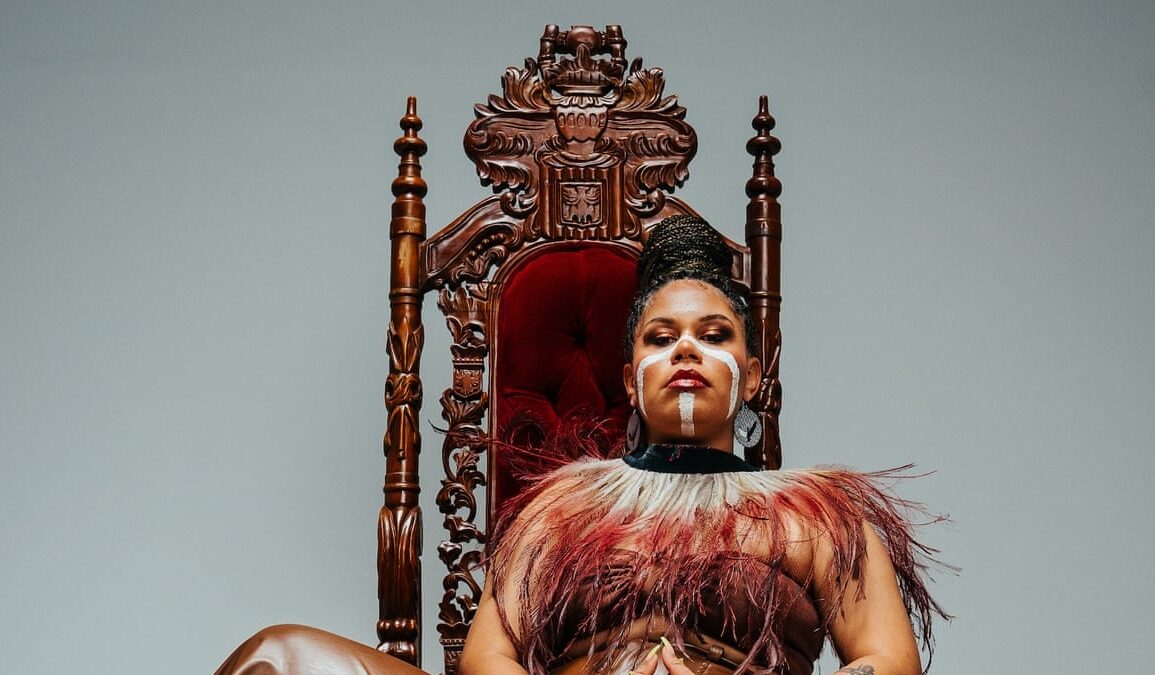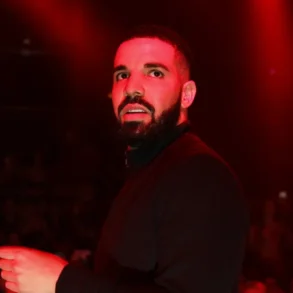Indigenous Female Hip-Hop Artists: Pioneering Change in Australia’s Music Scene

In the realm of Australian hip-hop, a powerful, resonant voice cuts through the static. It belongs to Charmaine Jasmine Armstrong, better known as Dizzy Doolan, a pioneer among Indigenous female hip-hop artists. Twenty-two years ago, Armstrong embarked on a journey through a rap scene that was predominantly white and male-dominated. Despite the lack of female representation and resources, she remained steadfast, using her music as a weapon to address issues of racism, social injustice, and Australia’s historical atrocities.
The Rise of Dizzy Doolan
At the tender age of 16, Armstrong made her debut with ‘No Shame’, a song that would pave the way for her eventual support of international artists and the release of her first full album at 38. Grant Saunders, a filmmaker, noted the alignment of hip-hop’s themes with the experiences of Indigenous Australians, such as police violence and poverty. This art form has been embraced by Indigenous Australians since the 80s, providing a platform for cultural expression and activism.
Indigenous Female Rappers: A Growing Movement
Dizzy Doolan is now part of a growing movement of Indigenous female rappers who are blending their ancient cultures with modern rap. The first professional Indigenous female rapper, Ebony Williams, emerged in 2001, paving the way for others like Denni Proctor and Crystal Clyne Mastrosavas. These artists use music not just for self-expression, but as a form of truth-telling and healing. They seamlessly merge their Indigenous heritage and, in the case of Mastrosavas, Greek heritage, into their music.
The Challenges of Racism
Despite their successes, these artists continue to face racism. Miss Kaninna, for instance, encountered racial prejudices after the popularity of her single ‘Blak Britney’. However, these experiences do not dampen their spirits but instead fuel their determination to use their music as a platform for change.
This movement represents more than just a rise in female artistic expression. It serves as a platform for cultural storytelling and activism through music. The voices of these Indigenous female rappers echo across the Australian music landscape, shedding light on social injustices and historical atrocities, contributing to the tapestry of Australia’s evolving cultural narrative.
This post was originally published on this site be sure to check out more of their content.









